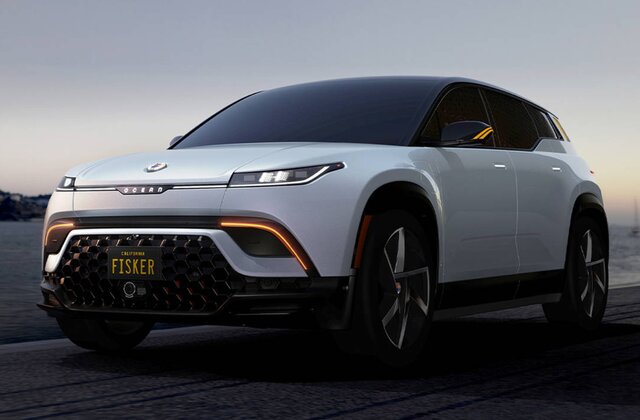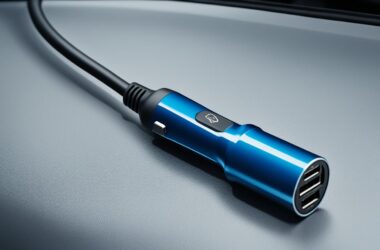Electric cars have become popular for eco-friendly transportation. Understanding the costs of charging them is crucial for smart decisions. Let’s explore the pros and cons of charging at home versus using public stations, focusing on what’s best for your wallet.
Home Charging: Convenient and Cost-Effective
Charging your electric car at home is super handy, especially if you’ve got a Level 2 charger. Even though setting it up might cost a bit upfront, in the long haul, it’s usually cheaper, especially if you charge overnight. Plus, you don’t have to stress about finding a public charging spot, and you can charge when it suits you. But, if you’re using a basic Level 1 charger at home, it could take longer, which might mess up your daily plans.
Public Charging Stations: Powerful but Pricey
Public charging stations are like lifesavers for electric car owners, offering quick charging like Level 2 and DC fast charging. They’re awesome for long trips and quick stops. However, costs can swing a lot, depending on stuff like where you charge, your car model, and who owns the station. While some places give free charging, busy hours might mean waiting in line, which isn’t fun.
Choosing What’s Right for You: Making Charging Fit Your Lifestyle
Deciding between home and public charging depends on how you drive and live. If you’re zipping around a lot, a home Level 2 charger could save you money and hassle, especially if you juice up overnight. But if you only hit the road occasionally, public stations can bail you out during emergencies. Remember, what’s best for your wallet might vary.
Home Charging Economics: Breaking It Down
Let’s dig into home charging costs. Sure, installing a Level 2 charger at home can feel like a splurge at first. But, in the long run, it usually pays off, giving you cheaper and more predictable charging. By charging when electricity’s cheaper, you can save even more. Knowing what you’ll pay each time brings peace of mind compared to public stations, where prices can be all over the map.
Public Charging Economics: Watching Your Wallet
Public charging’s a bit trickier on the wallet. While it’s great for on-the-go charging, costs can jump around a lot. Subscribing to charging networks or using apps with discounts can help cut costs if you’re a regular user. But keep an eye out for sneaky fees like parking charges, especially in busy areas.
The Road Ahead: Making Charging Work for You
As more folks switch to electric cars, understanding charging costs becomes vital. By mixing home and public charging to fit your needs, you can save money over time. Whether you care most about convenience, saving cash, or helping the planet, tailoring your charging plan to your goals is key.
In Conclusion
Knowing the ins and outs of charging costs is crucial for electric car owners. Whether you prefer the ease of home charging or the flexibility of public stations, weighing the pros and cons is a must. Considering factors like setup expenses, charging speeds, and long-term savings helps you navigate the charging world with confidence, steering toward a greener future of travel.
Please visit our website for Electric Vehicle Charger.









